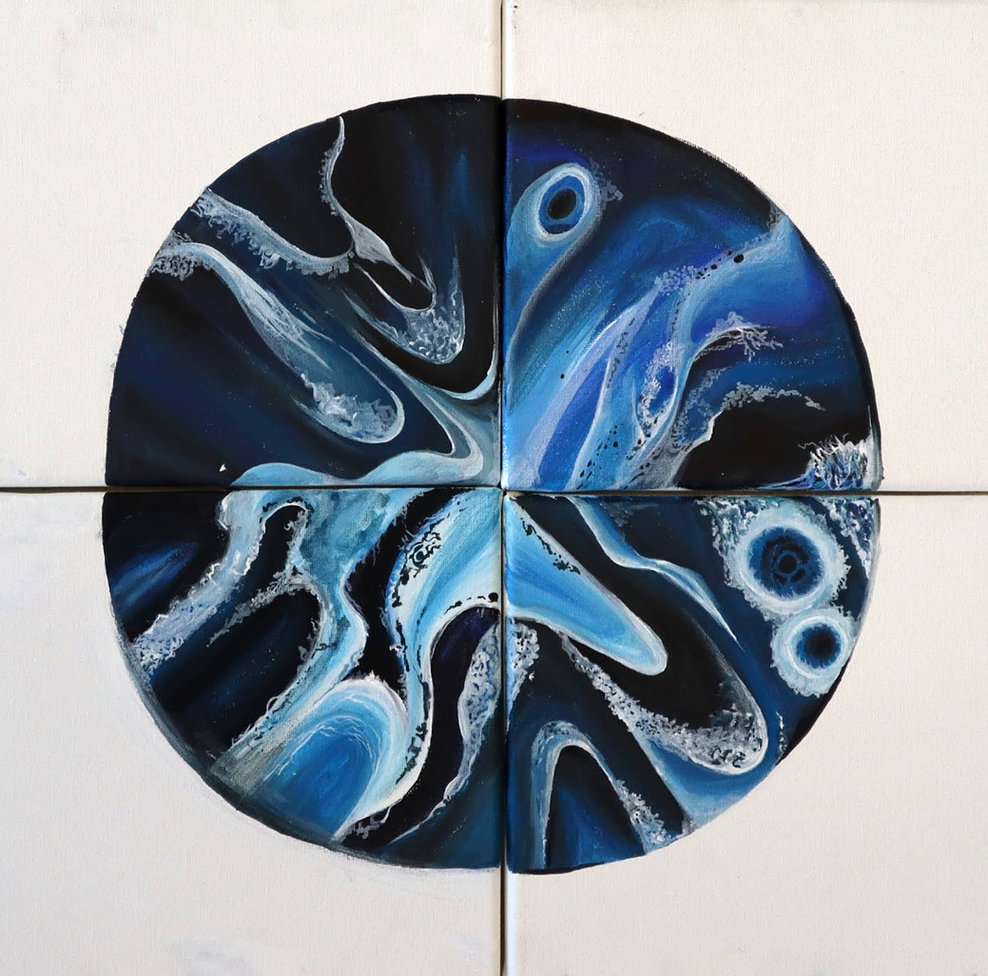Our lab uses theoretical and computational techniques to study a wide variety of soft condensed matter systems both in and out of equilibrium. How do we explain the way disordered solids maintain their rigidity, and also how they fail? What can simple models of active matter teach us about the collective behavior of cells in dense tissue, or about how birds flock? We focus on the role of topology and topological interactions in protecting system behaviors even in the presence of strong fluctuations – this allows us to make strong predictions about how a system responds to perturbations even when using extremely simplified, coarse-grained representations. We employ data-science-driven techniques, working closely with experiments, to formulate precisely tests that can discriminate between different theoretical approaches. And we ask how novel broken symmetries in coarse-grained descriptions of living matter leads to new phase transitions in models of soft living active matter.
See below for a rolling list of recent group news!
Stellar postdoc Helen Ansell gives an invited presentation at the Many Faces of Active Mechanics" KITP conference, talking about her work on linear and nonlinear cellular rhelogy!

In a collaboration between scientists at Cornell, Syracuse, and North Carolina A&T, we studied a model flocking system that displays both polar ordered and large-scale vortex states. First author Charles Packard performed extensive deep-learning-driven video analysis along with large-scale numerical simulations to study these flocking phases and compare them with detailed anisotropic structures predicted by Toner-Tu theory. Read more in the Physical Review E paper
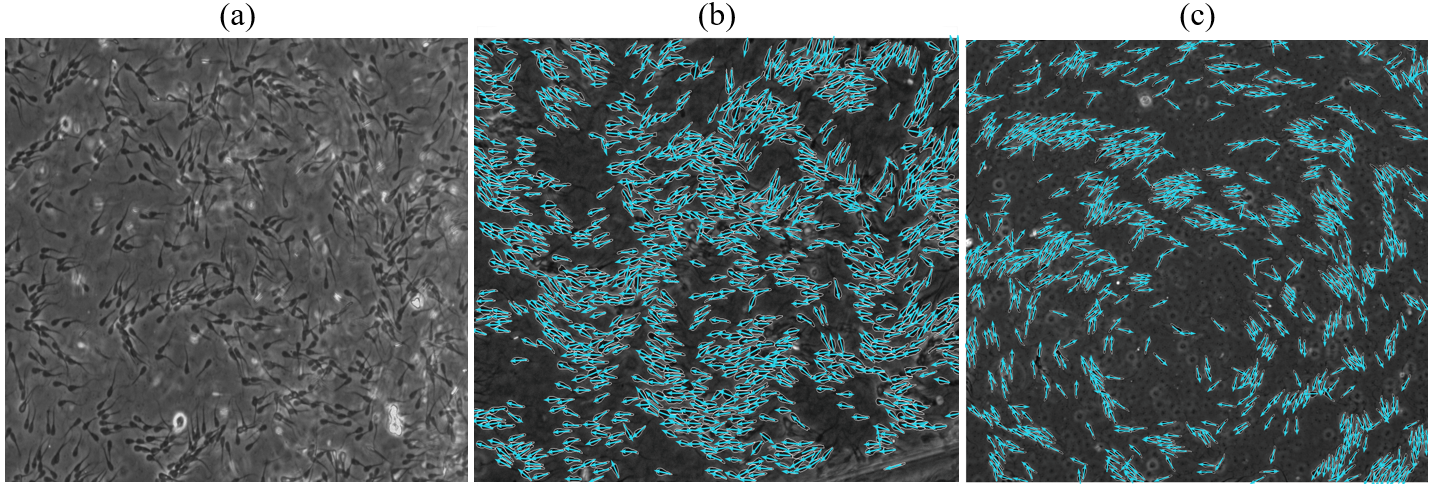
Our work (together with Justin Burton) showing the merging of two fluid drops evolving according to Brownian dynamics falls into a novel universality class of coalescent behavior is published in Physical Review Research! Read more here!
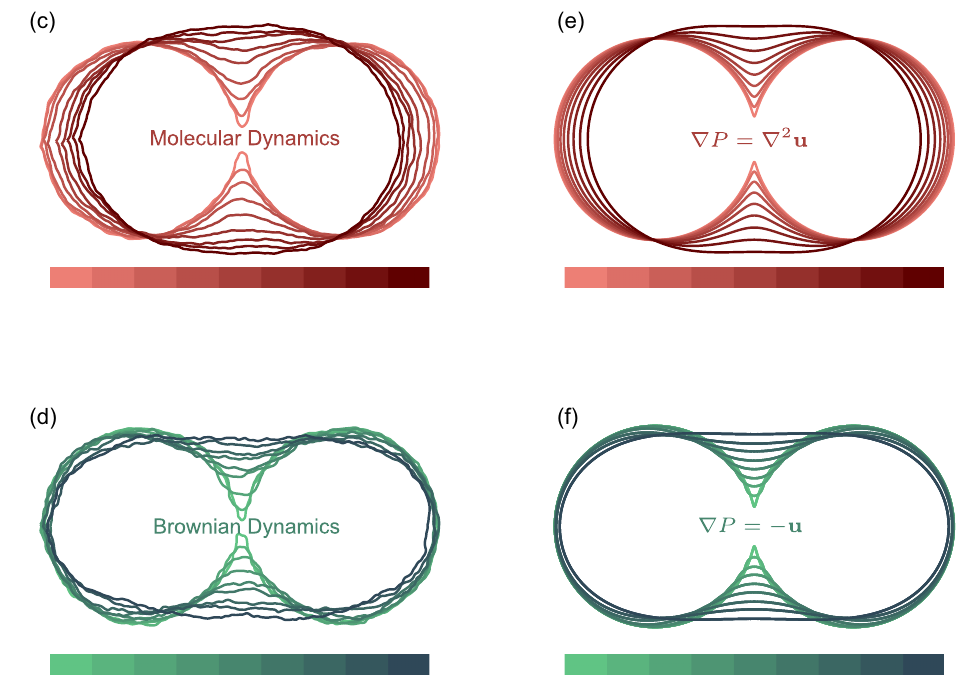
Daniel and Michael Czajkowski continued their partnership with Science for Georgia and the Atlanta Science Festival for “an exploration of the physics of disordered solids, and answers to the questions you never knew to ask about ice cream.” Thanks also to the Southface Institute for hosting us and letting us use their space!

Sussman lab members Toler Webb, Tomi Obadiya, Helen Ansell, and Chengling Li (clockwise from the top left) all presented at the March Meeting in Minneapolis this year! In addition, Daniel organized a pair of focus session on “non-reciprocity in soft and active matter.”
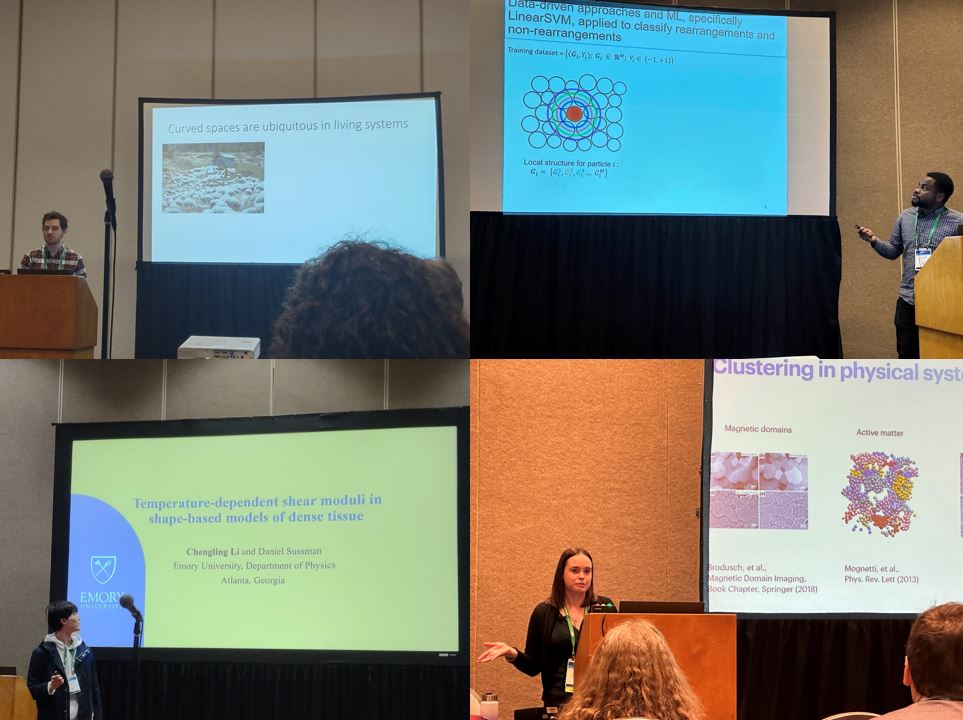
Tomi’s work on applying machine-learning methods to disordered solids – in this case, showing that a transfer learning approach learns energy barriers in the glass phase after training on diffusive dynamics in the fluid phase! – is published in Physical Review Research. Read more here!

A collaborative paper with the Weeks lab studying the shear behavior of highly polydisperse granular matter was published in PRE!

We’re thrilled to welcome postdoctoral scholar and Tarbutton Fellow Dr. Helen Ansell to the group! Helen’s Ph.D. was completed in the Kamien lab at Penn, and she’s joining us after being a postdoc at Northwestern working in the Kovacs lab. We’re all excited to have the chance to work with Helen over the next few years!
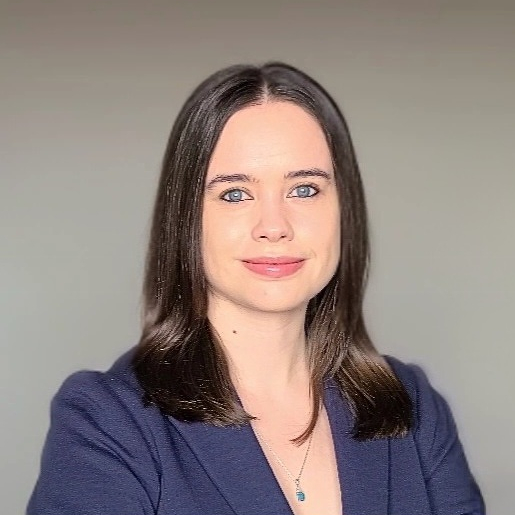
Excited, proud, elated to share that Haicen will start as an assistant professor at the University of Vermont, starting this August! It was fantastic getting a chance to work with Haicen for the last few years, and she was absolutely instrumental in getting the group up and running. Looking forward to seeing what she does next!
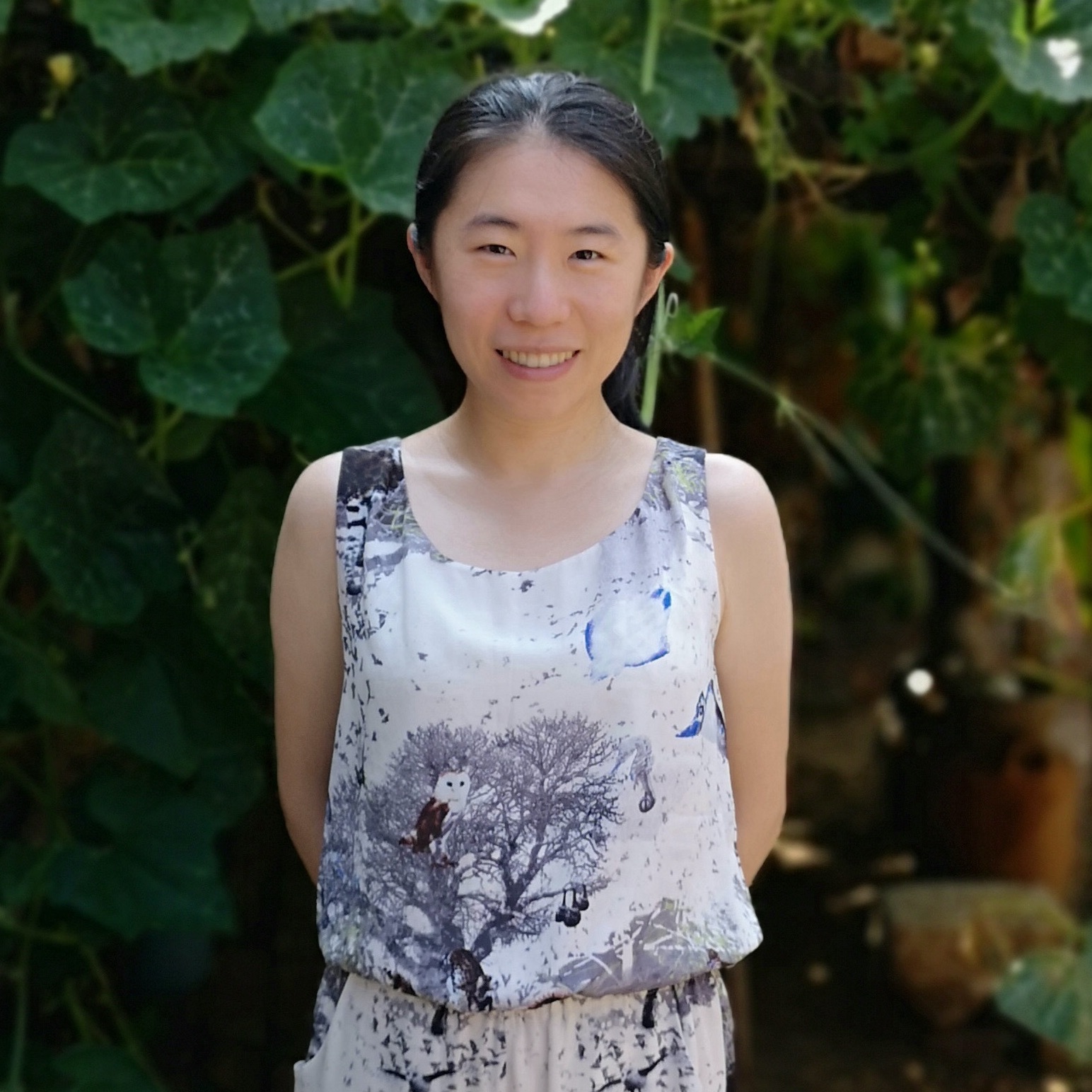
Third time’s the charm, as Daniel and Michael Czajkowski teamed up with both Science for Georgia and the Atlanta Science Festival for another presentation of the science of ice cream!

